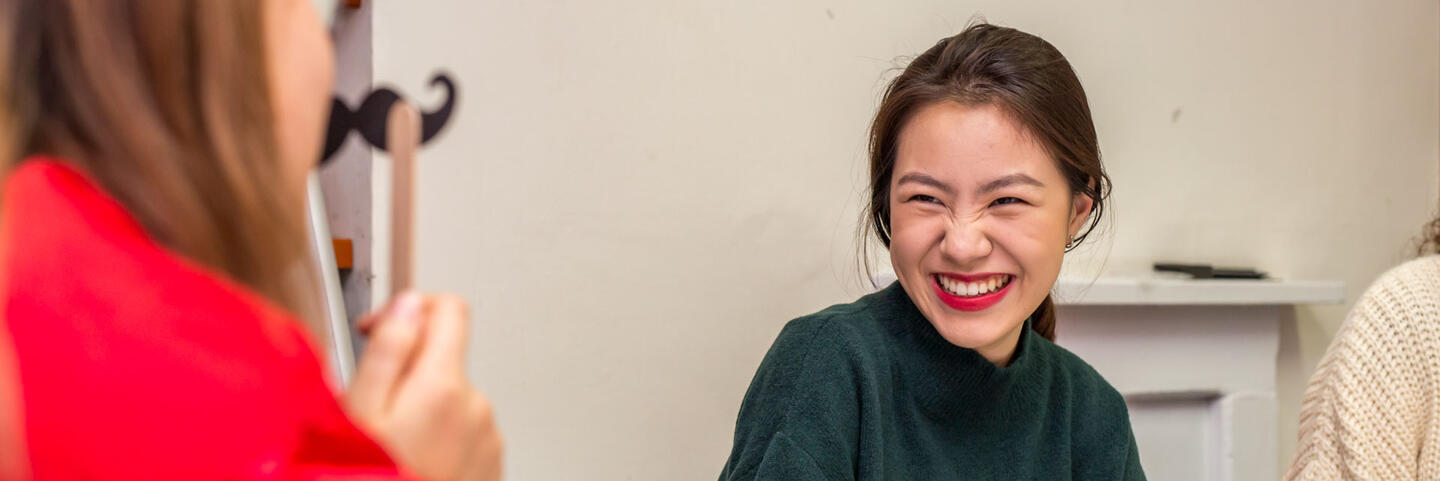5 GCSEs grade 5 or above including Maths and English or equivalent international qualifications.
For international students who have taken IELTS, we require an overall score of 5.5 with a minimum of 5.5 for the reading and writing components.
For international students who have taken IGCSE English (Second Language), we require grade 5 or above.
Although Art at GCSE or IGCSE would be helpful, many students join the course with no qualification in the subject but are able to present a portfolio of work for the College to assess. Students need to possess some practical skills, although specific techniques are developed throughout the course. An ability to draw is a benefit.







